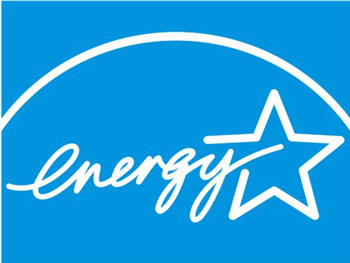
U.S. homeowners have only until December 31, 2010 to take advantage of the current Residential Energy Property Credit. This 'green' program is available to home owners who make energy-efficient improvements to their houses. New homes or rentals are not eligible for this credit and the home must be the person's principal residence.
Federal Tax Credit
This property credit is about to expire and qualifying items must be bought and installed before the end of 2010. People can make purchases such as heating and cooling systems, insulation, roofing, windows and doors, water heaters, and biomass stoves. The credit is a dollar-to-dollar reduction on the amount of tax owed and home owners can receive up to 30% of the cost – up to $1500 per home. Two or more unmarried people living in the same home with joint ownership are each eligible for the tax credit on money spent for improvements. Yet the total credit cannot exceed $1500 for a single home.
The credit includes installation costs in certain categories but not for all purchases. For example, installation costs are covered for heating, ventilating, and air conditioning (HVAC). The tax credit, however, does not include installation costs for insulation. As well, not all ENERGY STAR qualified products are included in this initiative. Homeowners are advised to check out the rules of eligibility for this credit.
Associated Components
People are wondering if the tax credit applies to components associated with a product. If a homeowner purchases a biomass stove, will the cost of a hearth, stovepipe, and chimney be eligible for the credit? The IRS administers this program and they have not issued any written guidelines about eligible components.
Homeowners can contact the IRS for the official word. Yet it has been widely suggested informally that components are covered if they are critical pieces of the product's energy efficiency. If the component can be used with a non-qualified product, it does not meet eligibility guidelines for this credit.
How To Apply
For products installed in 2010, homeowners must file the IRS Form 5695. They must submit the form with their 2010 taxes by April 15, 2011. Homeowners must save receipts and the Manufacturer's Certification Statement for their records. A Manufacturer’s Certification Statement is a signed statement from the manufacturer certifying that the product or component qualifies for the tax credit. Manufacturers should provide these certifications on their website.
Income Limit
There is no income limit with this program but it is a 'non-refundable' credit. Homeowners' credits cannot exceed their tax liability (the amount they pay in taxes).
Future Energy
If a homeowner cannot make the December 31 deadline, there are other opportunities to take advantage of energy-efficiency programs. Indeed, new homes and second homes (as well as existing homes) are considered for a tax credit in two additional incentives. The programs vary and cover from 30% of the cost with no upper limit to 30% of the cost and up to $500 per .5 kW of power capacity. These credits do not expire until December 31, 2016. Learn more about Federal Tax Credits for Consumer Energy Efficiency.
Have You Applied For The Residential Energy Property Credit?
Image courtesy of billshrink.com